Do stock markets foretell the future while politicians fudge and economists mumble? No: share prices collectively have a life of their own — driven by herd mentality, weight of money and the available range of investment choices — which indicates little more than the simple fact that what goes up must one day come down and vice versa.
Both the FTSE100 and America’s S&P500 indices lost a third of their value between late February when the pandemic began to look serious and a month later when the rate of virus transmission was at its height. So far, so logical. But since then, both have sustained rallies that defy all public and corporate pessimism. Now, just as shops and factories are reopening, both markets look ‘overbought’ and wobbly again. How should we interpret the graph?
First, London always tends to follow New York. Second, traders on both sides — adolescents in the era of the ‘Greenspan put’ who grew up to be veterans of the 2008 crash — believe ‘whatever it takes’ government interventions will ultimately save the day. Next, institutions have nowhere to put their money except equities, because bonds and cash offer dismal returns. And then there’s the distortion of US indices by the surge of leading tech stocks: not unreasonable for Amazon and Netflix, for which lockdown has been boom-time, yet who can explain a tripling of the price of Tesla?
In the past week, markets have been spooked by new virus cases in Beijing, raising the threat of ‘second peaks’, while the reality of slashed dividends, post-furlough job losses and government incompetence at last seemed to be sinking in. Still some see this change of mood as ‘a bump in the bullish road’ rather than a major reversal. Perversely, since indices and economies are never in sync, it’s possible in a Mad Hatter-ish way to believe in the strong chance of both a ‘V-shaped recovery’ next year and another serious correction in share prices this summer — and that, I think, is where I’d place my own bet. Meanwhile, I’m pleased to say the ‘pandemic recovery portfolio’ we picked in April and early May has performed steadily, with nine of our 11 stocks in positive territory. But no pundit can be right all the time: after I wrote on 2 May that ‘now might not be the time to buy more’ of Avacta, a bioscience venture involved in developing rapid Covid tests, its price promptly doubled.
Grey parade
The Confederation of British Industry, which speaks for 1,500 UK companies in desperate need of a morale boost, named an unpromising new director-general this week: Tony Danker, a former Guardian executive, Labour special adviser and (according to the Daily Mail) ‘arch-Remainer’. He succeeds Carolyn Fairbairn, a former BBC executive who could fairly be described as a voice of reason but not a very loud one, and who in turn succeeded the invisible John Cridland. It would be fair also to say that British business has had only one really robust spokesman at the CBI in recent times: Digby Jones (2000-06), with his garbled syntax and his claim to wear Union Jack underpants. What a refreshing gust of gung-ho he was, compared to the grey parade before and since.
Sculpture park
I once visited the Dallas home of a real-estate heir called Harlan Crow, whose family business was sold for $2 billion and whose hobby is collecting statues of monsters. In his garden stood monumental images of Lenin, Stalin, Ceausescu, KGB founder Feliks Dzerzhinsky and many others, all acquired after the regimes that erected them had fallen. Margaret Thatcher, I gather, is a later addition. The effect of this floodlit gathering was at the same time sinister, comic and thought-provoking — and offered a model for what should happen to Colston, Gladstone, Rhodes and all the others who are no longer safe on public plinths.
Why not sell them (devoting the proceeds to scholarships for BAME students, of course) to a collector who will create a sculpture park centred round an agora for free debate and devoted to the enlightened understanding of history? One of the great English estates funded by slave-trade profits — Harewood in Yorkshire comes to mind — could provide the site. All we need is a rich philanthropist to fund the project: Mr Crow, can you help?
Rising tensions
It’s depressing to see other countries emerging from lockdown with so much more confidence and good order than our own gripless government seems capable of mustering. The economic damage of the schools fiasco cannot now be undone. If the two-metre ‘guideline’ is not eased soon it will cause huge loss of output and jobs for little gain in public safety. Our hospitality sector watches in despair as its peers elsewhere get back to business. But my call for readers’ reopened restaurant tips from foreign parts suggests one trend that’s likely to be common everywhere this summer: hostility to visitors, however much they’re ready to spend.
Just as the Sunday Times predicts a boiling over of ‘long-simmering tensions between locals and the 4×4 driving, Boden-clad brigade’ in Cornwall, so I hear from Santa Barbara, California (where Brophy Bros is the top seafood spot) of resentment towards New Yorkers buying holiday homes sight unseen. Likewise in southern Portugal, lobster bisque at Lagar da Mesquita in São Brás de Alportel is accompanied by ‘plenty of hating of posh Lisbonites’.
In some places, however, strife is homegrown. From Hong Kong, a habitué of Wan Chai’s lowest dives says bricks lobbed by rioters are now seen as a greater risk than Covid. And the news from Bergerac in France is that the town’s best restaurant, L’Imparfait, is still quiet but the reopening night of the ‘rather edgy’ bar opposite, Le Plus Que Parfait, descended into a drunken brawl. ‘Alors, résultat, gendarme raid and swift reclosure.’
Got something to add? Join the discussion and comment below.
Get 10 issues for just $10
Subscribe to The Spectator Australia today for the next 10 magazine issues, plus full online access, for just $10.
You might disagree with half of it, but you’ll enjoy reading all of it. Try your first month for free, then just $2 a week for the remainder of your first year.



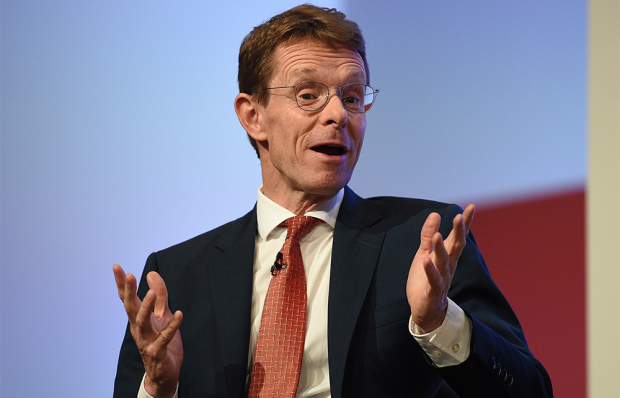
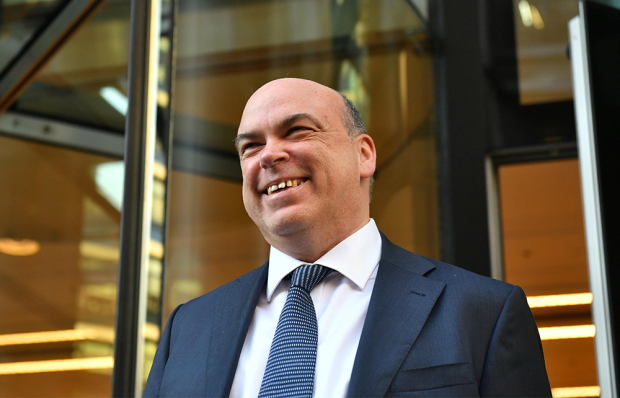
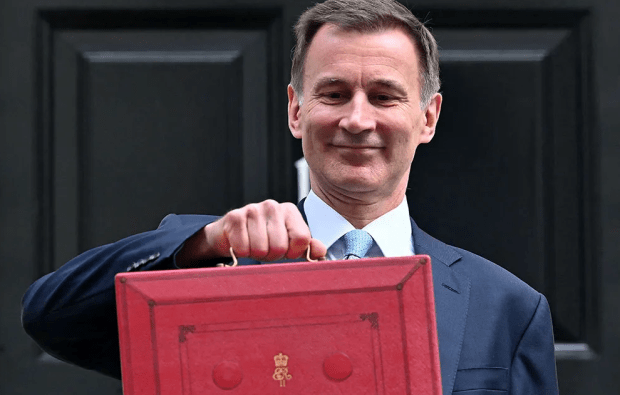
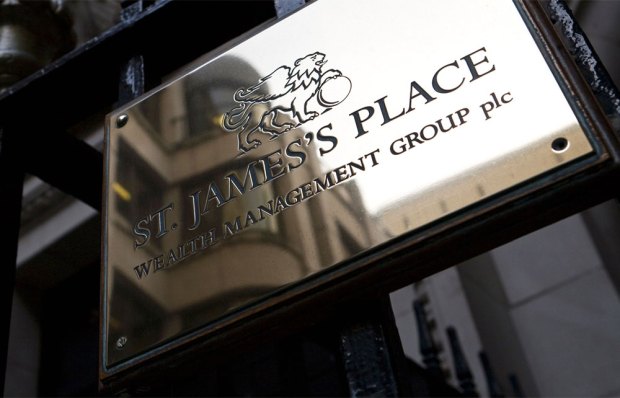
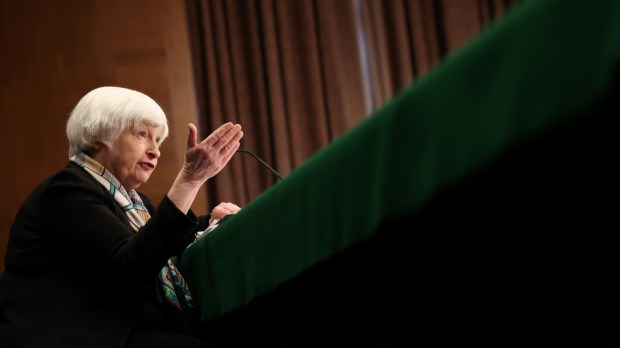
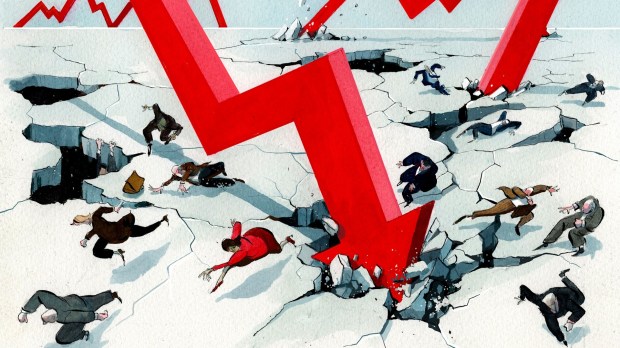






Comments
Don't miss out
Join the conversation with other Spectator Australia readers. Subscribe to leave a comment.
SUBSCRIBEAlready a subscriber? Log in